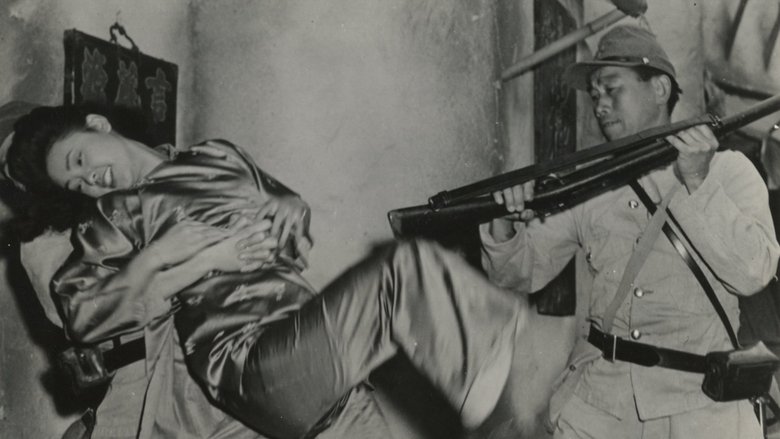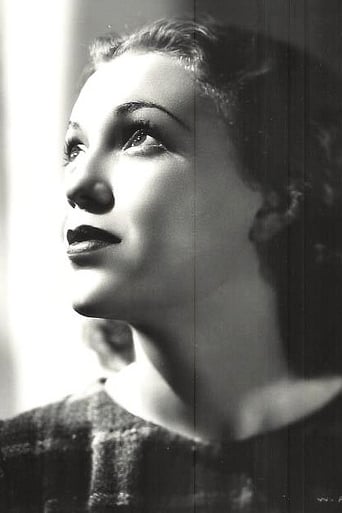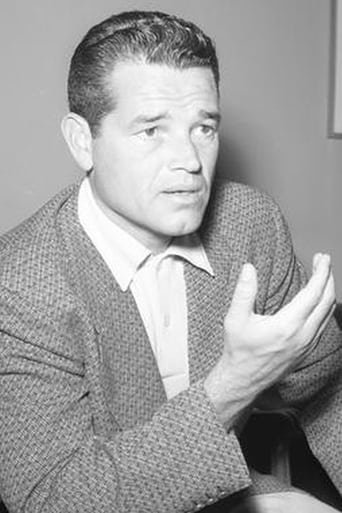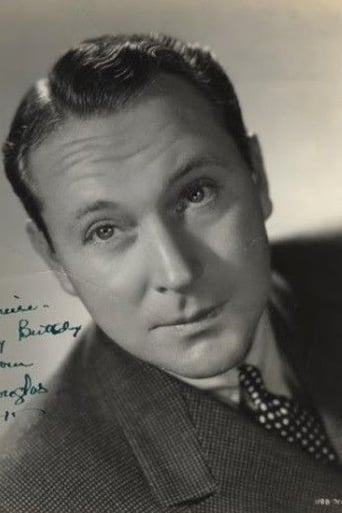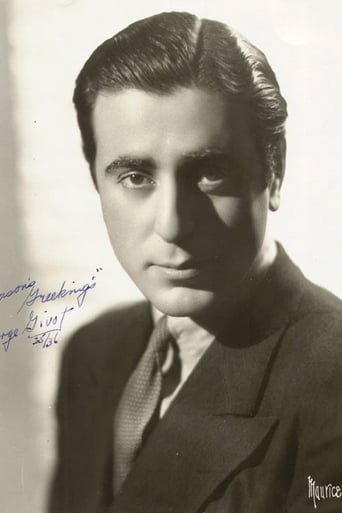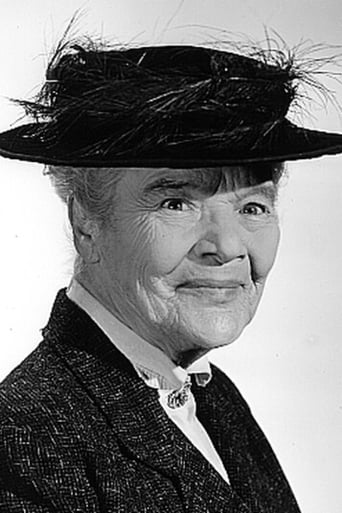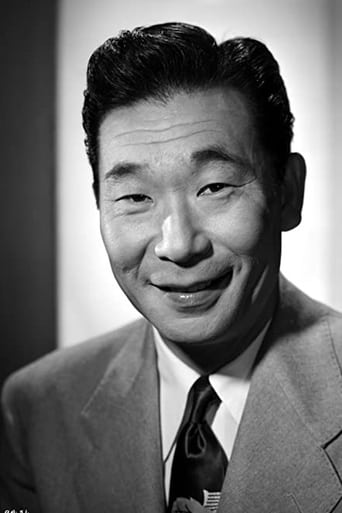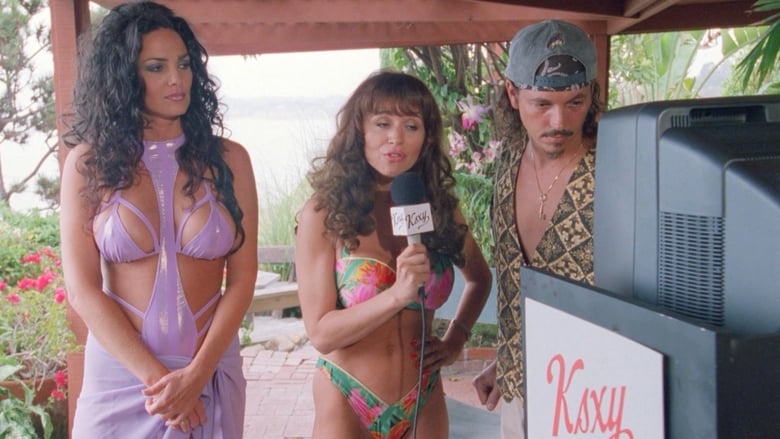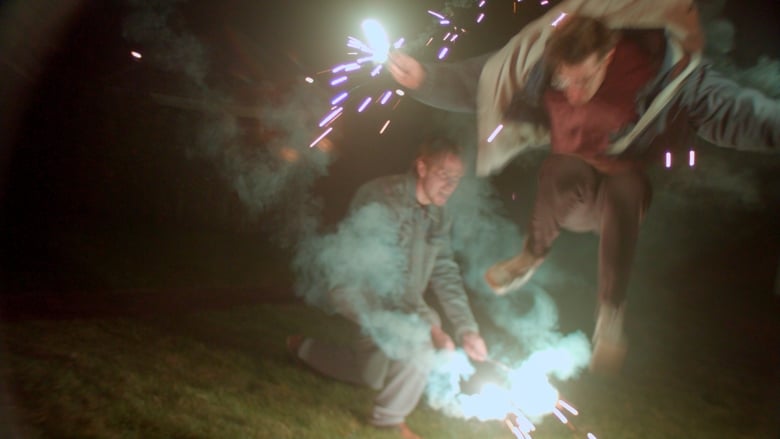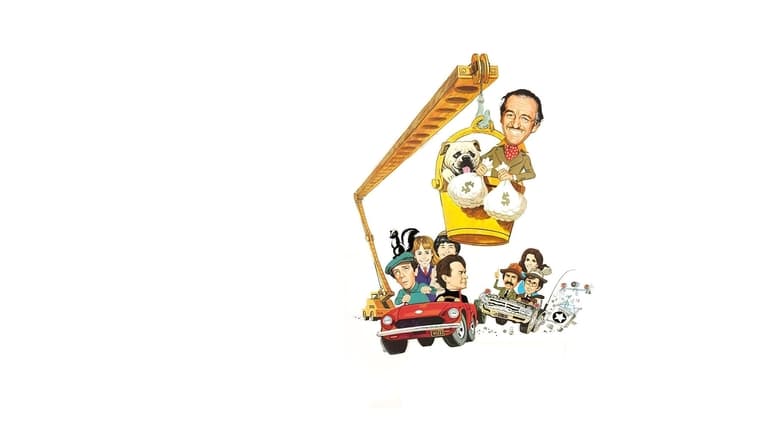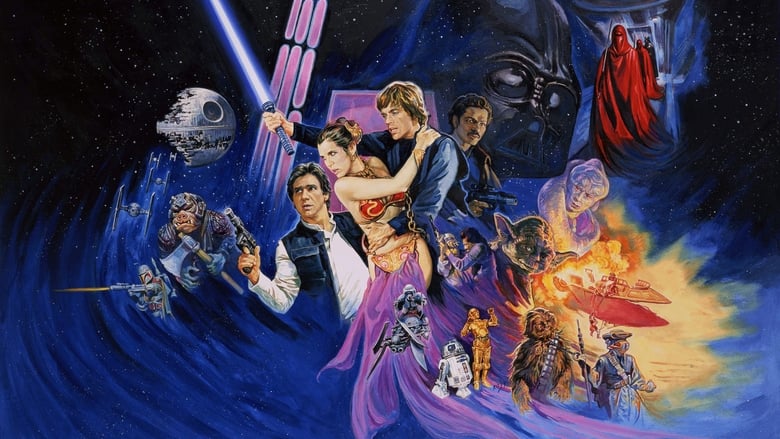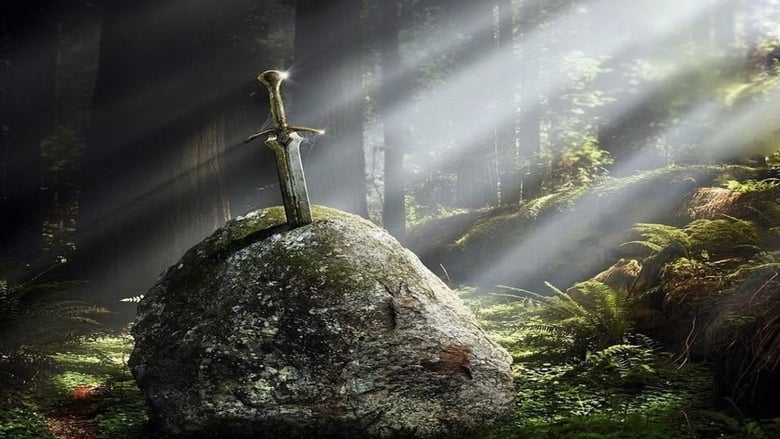A Japanese publisher urges his American-educated son to side with the Axis.


Similar titles
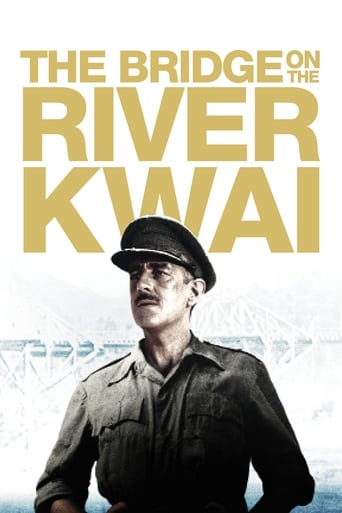
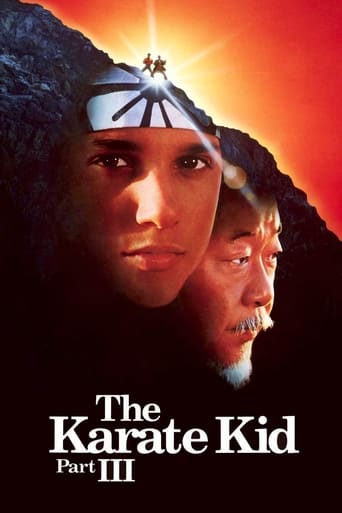
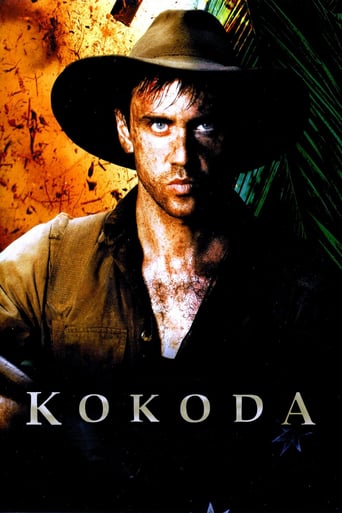
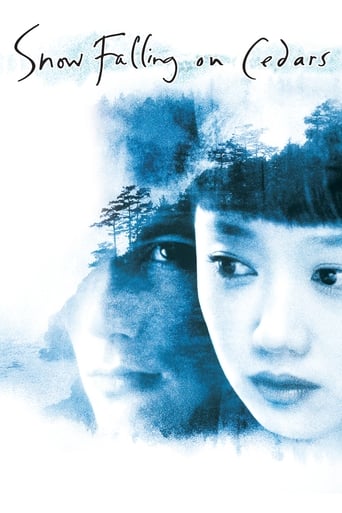
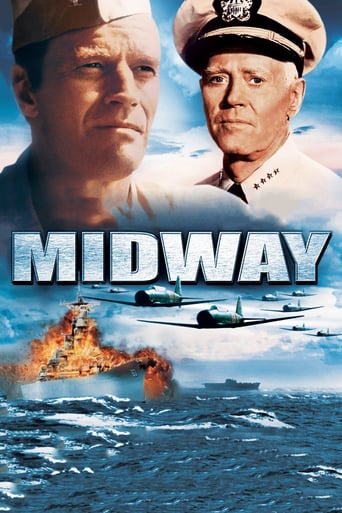
Reviews
... and to talk about them in any sympathetic way whatsoever. Taro Seki(Tom Neal), a happy go lucky kid, returns to Japan after finishing his degree in engineering in America. His father, Reo (J Carrol Naish) is a VIP in the government. Now it did seem a bit much that Taro would greet his dad after only four years in the U.S. with the 1940's version of "Hi daddy-O how's it hanging? I'm just swell!", but I guess the writers had to quickly show how much he had bought into the American dream and planned on living it in Japan. Taro goes to business man Clancy OHara (Donald Douglas) for an engineering job, gets one, and meets Tama (Margo), Clancys secretary. They begin seeing each other and decide to marry, but Taro is drafted into the Japanese army and is shipped off to China. All the while, Taro's father is disapproving of Taro marrying someone he considers to be a commoner, although he has nothing personal against the girl. There is a sideplot of the European and Americans living in Japan. American journalist Sara practically proposes to Clancy, but you can tell he is scared stiff of the idea of marriage even though he enjoys Sara's company. Sara feels rebuffed, and goes off to report in China on the Japanese occupation for years. Occasionally she runs into Taro, who becomes increasingly hardened to the violence around him. Then Taro finally returns to Japan. And then December 7,1941 rolls around with his American friends still there, where things soon become very unpleasant.The war was still on when this was made, so naturally Japanese actors couldn't have taken these parts even if they had wanted to take them. It does a good job of showing how traditions that had held fast in Japan for centuries - loyalty to family, belief in the emporer, the high esteem given to the military, could warp into something that becomes a killing machine under the right circumstances and the wrong leaders. I'd recommend it if you ever get a chance. It isn't as preachy as many films made during WWII about WWII.
a classical propaganda movie. with usual ManicheAN speech, with good Americans and a sort of Japanes villain, with cruelty, happy end and a sad love story. it can be ridiculous , amusing, a document or, only, a pure nice film from an old period. in fact, it is little more. a map about perception of a nation, a exercise for few American actors to perform under make-up for becomes Japaneses, remember about a war traces and, sure, interesting comparison between box and judo. like many old films, it is a mirror for its period. naive, strange, not serious, full of pathetic scenes. but, in a special manner, realistic. because the crumbs of fiction grows - up on real earth.
Unlike boilerplate propaganda films of WWII, this one has some complexity. I suspect Washington DC was smelling victory in 1943 and was correctly concerned with post-war occupation and how the American public would react. Thus, as other reviewers point out, the enemy is depicted as Japan's medieval warrior society and not the Japanese people as a people. The movie's propaganda aspects center on familiar stereotypes (cruel soldiers and inhumane policies), but more importantly, these ugly aspects are also portrayed as the result of a conditioning process (Taro), and not the result of some genetic, sub-human flaw as in typical propaganda films of the time. This distinction opens the possibility that a reformed social order with better values and socializing process can produce a more modern and democratic people better attuned to Western ideals (Tama, Reo, & the early Taro). The end result thus suggests that the Japanese people may be human after all, yet suffering from what may be termed a "social disorder"-- A disorder that a good dose of American-style democracy can remedy under an astute post- war occupation regime, such as Gen. MacArthur's turned out to be. Now, no matter how self- congratulatory these political assumptions may be, the result turns out to be shrewdly visionary in an historical sense.Of course, this is a pretty heavy load for what is essentially an RKO programmer. Nonetheless, the subtext plays out in a screenplay more shaded than most. I suspect audiences expecting something more typically simplistic were a bit put off by the ambiguities. Still and all, there are familiar American stereotypes to anchor the audience—the good-hearted Irishman (O'Hara), the competitive sportsman (Lefty), and the enterprising reporter (Sara). Revealingly, they're shown as getting along quite well with those liberally minded Japanese who will share power during the post-war period.This mixture of crude stereotype along with the more subtle humanizing aspect creates a rather awkward combination that doesn't work very well for the movie as a whole. Perhaps this is why the film remains pretty obscure in movie annals. Nonetheless, two episodes remain memorable for me. It's easy to overlook architect O'Hara's passing observation about sturdy Western construction materials. These, he points out, can withstand natural calamities that Pacific islands are prone to, such as earthquakes and floods, better than traditional, less substantial, Japanese materials. To me, this illustrates the potentials of a genuinely cooperative internationalism outside this particular one-sided context. Also, the central action scene of a gangly American boxer (Ryan) vs. a Japanese martial arts expert (Mazurki) may not be very convincing, but it certainly is eye-catching.Now, I'm in no position to judge the historical accuracy of the events depicted here and claimed as fact-based by the prologue. Nonetheless, the movie remains an interesting one for its generally humane message in a time of real war.
Today (even in 1943) this film is very racist dealing with Japanese son educated in US goes back to Japan and takes part in atrocities there and in China. The whole China sequences are very grisly and actually disturbing, such as nailing the baby to the door by his/her pigtail along with the usual raping and pillaging of the Chinese countryside. They even keep the Chinese drugged up with free heroin handouts from trucks that pull into the villages. There is just one "good" Japanese character in the movie, the female secretary who works for an American architect caught in Japan with some Western reporters when WW2 finally erupts. But then these characters get tortured and sentenced to death. On the whole film it is NEVER boring...never. It has very good production and fine actors (even though Japanese are all played by white Europeans a la Charlie Chan). Now get this! RKO was asked by US government to make a picture that would portray Japanese in a real and fair way instead of the crop of anti-Japanese pictures that were made already so to stave off racial hatred toward this group. It was rampant in US (not so, for Germans though, interestingly films about Nazi's always had numerous "good" Germans, never in propaganda Japanese films who were usually portrayed as sub human hordes.)Anyway this was Hollywood's answer to the problem. Unbelievable! Film though is considered an excellent yet hysterical example of WW2 propaganda at the time.

